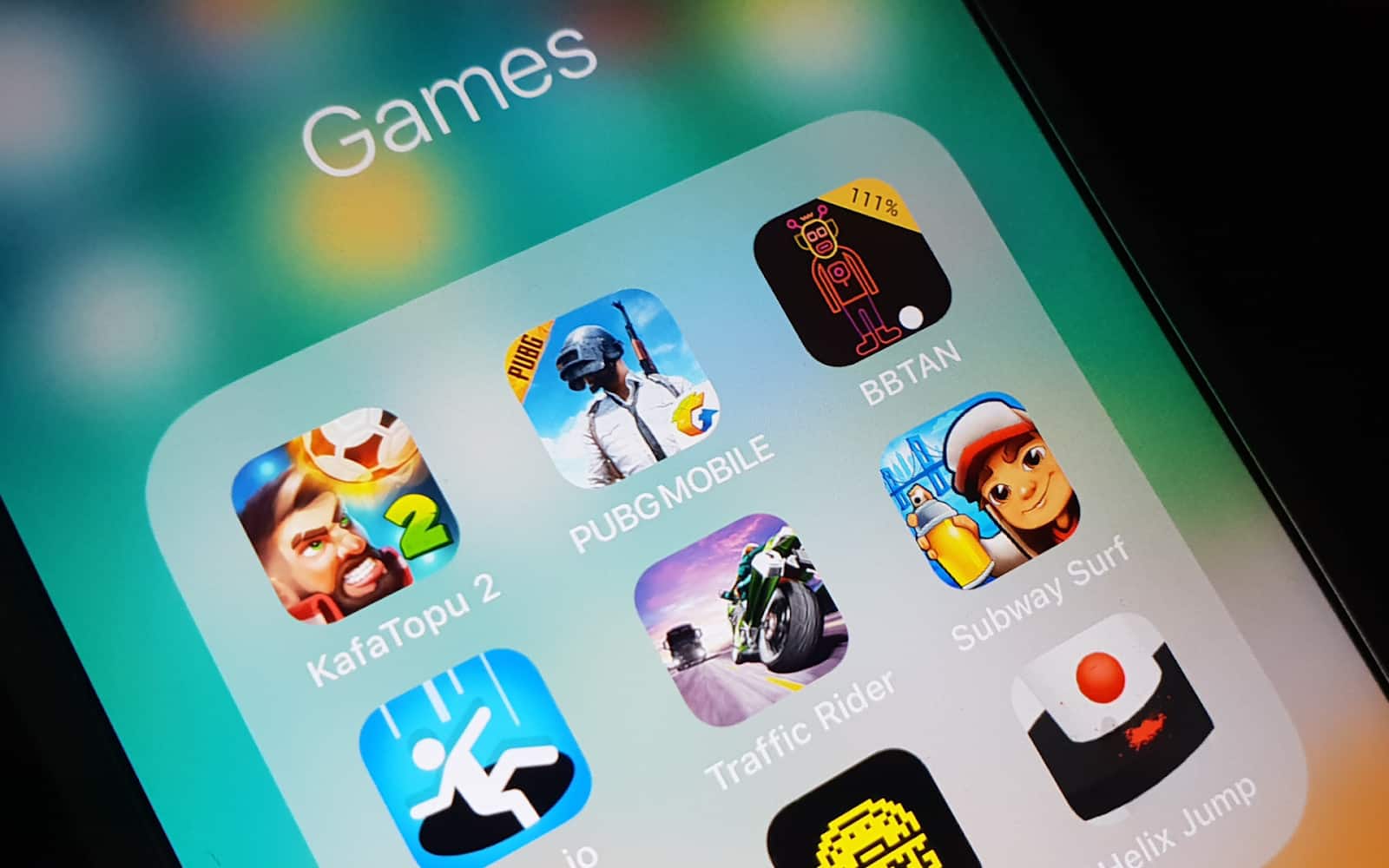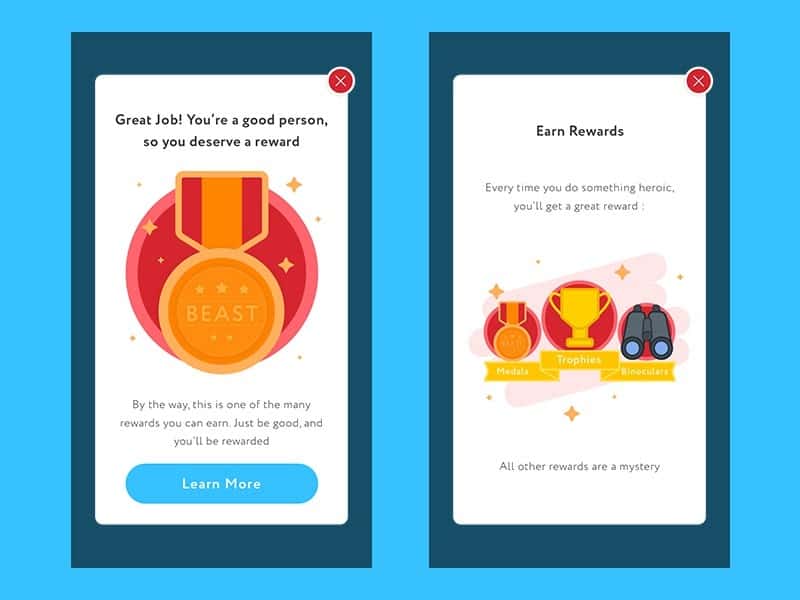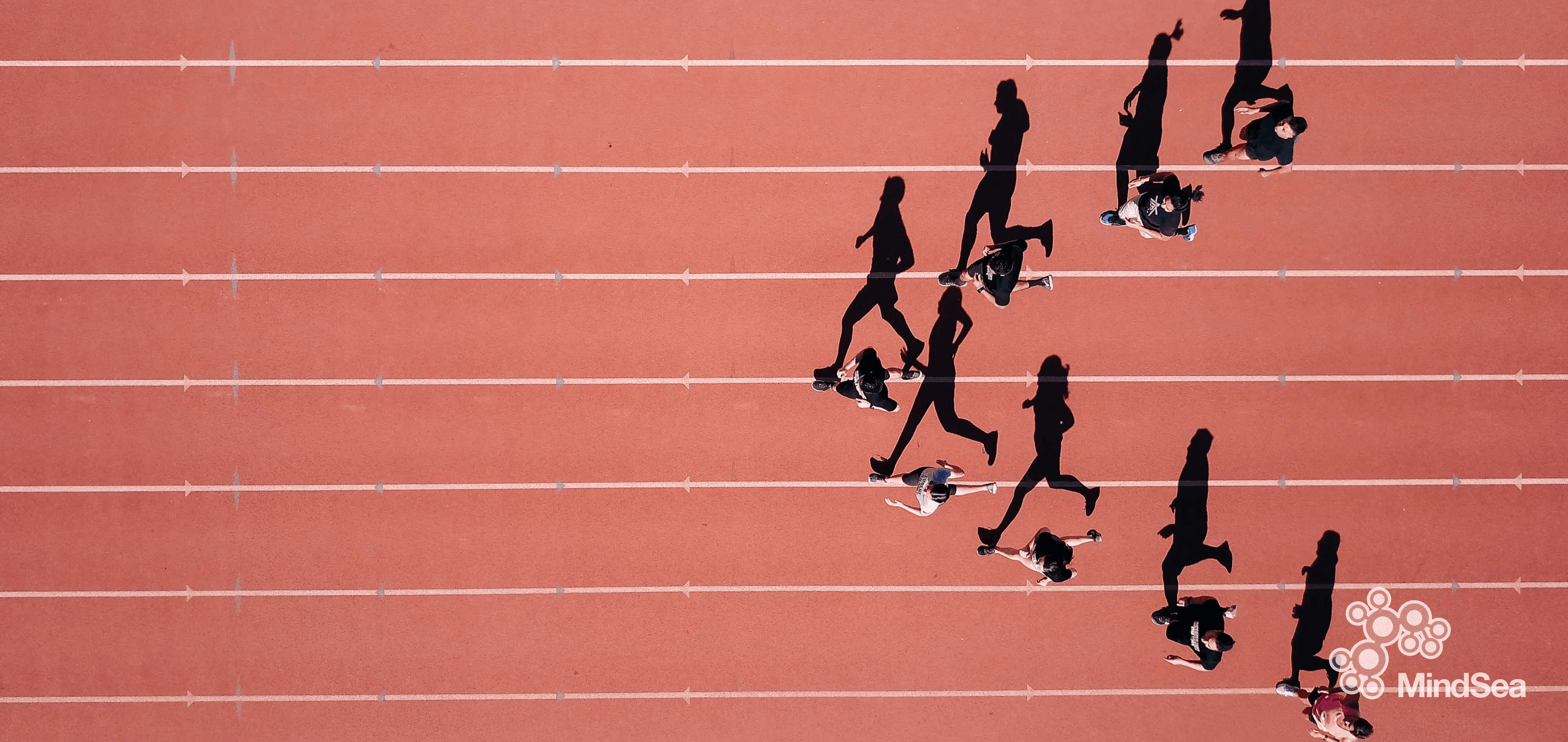In 2012, when gamification was on its early rise, 53% of technology stakeholders projected that, by 2020, gamification would be implemented into everyday technology – including mHealth apps.
And here we are!
In mHealth apps, the ultimate goal is to improve the health of the users, and gamification is proving to be an effective tool for doing that. When something is fun, we’re more likely to do it. Adding incentives, both big and small, help increase engagement.
What Is Gamification?
Gamification is when you take non-gaming activities and apply a gaming element; for example, giving rewards to a runner after a good workout. It has been shown to increase the interest of users in learning, commercial and social situations. Even ancient soldiers and strategists used games in the military and at educational institutions.
When games are added, the activity or task is usually more fun, enjoyable, and engaging. The motivation increases the likelihood of finishing a task quicker and better.

Classic gamification elements in mobile health apps are badges and other rewards, tracking and exploring, performance, ranking, competition, self-leading journeys, and self-reflection.
The fundamental part of gamification is the data that is being measured.
There cannot be games if there is no data to be monitored, compared, and improved. The data can be the number of steps walked per day, GPS data of a bike ride, blood glucose measurement in patients with diabetic conditions, intake of prescribed medication, daily resting heart rate, length of a jump, etc. There are endless possibilities of measurements, and that means even more ways of gaming!
Now that we have an idea of what gamification is, let’s see it in action.
Examples of Gamification in Mobile Apps
The well-known running and triathlon app, Strava, has built-in ranking lists with friend circles, sports clubs and segments with strangers. The goal here is to find and create new segments, run them as fast as possible, and beat older segments created by other users.
Other apps, like the Zombies, Run! app, incorporate a storyline and audio entertainment where the user is listening to a story while running and zombies are chasing them to run faster.

Patients, and especially kids with diabetes, can keep up their motivation with the blood glucose and therapy app, mySugr, that challenges the patient to improve their lifestyle and blood glucose levels.
Incorporating Gamification in mHealth Apps
Brazilian researchers found a blood pressure monitoring app was more effective when gamification was incorporated. They used the following seven steps to implement gamification:
- Analyze the app’s requirements and key features
- Identify the target users
- Pinpoint the interactions between the users and app
- Learn the pros and cons of other gamification apps with similar interactions
- Choose the most suitable gamification strategy
- Develop the gamification feature
- Evaluate the gamification feature
These seven steps are the key to a successful mHealth app that users both enjoy to spend time on and continue to use over longer periods.
But are these gaming strategies really that great? Turns out digital confetti and badges are shown to be more effective and cheaper than cash prizes.

The transparent structure of scoring criteria and possibilities of achievements are strategies to motivate the users. The user knows what it takes to get the next badge. It could be an ‘early bird badge’ for a morning run, or a star for measuring blood glucose as many times as recommended by your healthcare provider.
The Benefits of Gamification in Healthcare
We all like the freedom to choose our own paths. Games give us more choices to follow a self-journey, which is one of the main appeals of gamification.
The game levels can be customized to each user, including the balance between rewards and user-fatigue. These settings can either be predefined by the app developers or be individualized by the user. Active, automatic customization is preferable since it combines data input and Machine Learning techniques without any further actions required from the user.

Some app users prefer micro achievements for every small task while others feel more motivated with bigger long-term goals. A combination is usually a good solution, keeping in mind that this might change over the course of a user’s interaction with the app.
An example of a micro achievement is a reward for inputting blood pressure or opening the yoga app during tough times. These smaller achievements do not focus on the numbers or quality of the activity completion, just the fact that it was complete.
The size of rewards is critical to avoid fatigue and false incentives among users. Minor goals or sub-goals are usually better and they can, later on, unlock new larger goals.
Acknowledgement of all users on their own levels is essential. For some users, a performance ranking list is motivating, while leaving others cold. Most of the users are probably not among the highest-ranking anyway.
The rewards can be scaled and adjusted along the lifespan of the app to make sure no-one empties all options. There is always another finish line waiting for the user!
Wrapping Up:
Adding gamification strategies to your upcoming mHealth app is highly recommended. Not only does it create a more exciting user experience, but it also increases user compliance.
MindSea has a great team of designers and developers ready to add the right strategies to your mHealth app. Are you ready to see if we’re the right partner for you? Lets chat.



